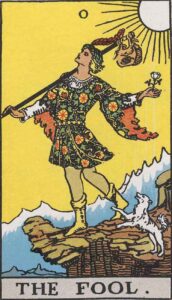By Jess Austin Michalik, MA
I first became interested in the Tarot deck after reading the graphic novel, Promethea, by Alan Moore while studying religion and mysticism at Harvard Divinity School. 
When the cards are laid out on the table, one engages in an act that can be described in psychoanalytic terms as “projection.” A client will take one look at the Emperor and say “that is my ex-husband” or one look at the nine of coins and say “that is the life that I want to live.”
The cards become, as it were, a mirror of the psyche that can reveal connections between parts of ourselves that we do not wish to see. Reading tarot accurately is not so much a supernatural science as one that involves opening up a space in which projection can occur and aiding the client in understanding what he or she has projected, why he or she have projected it, and how one’s projections will govern, shape, and control one’s life if one is unaware of them.
